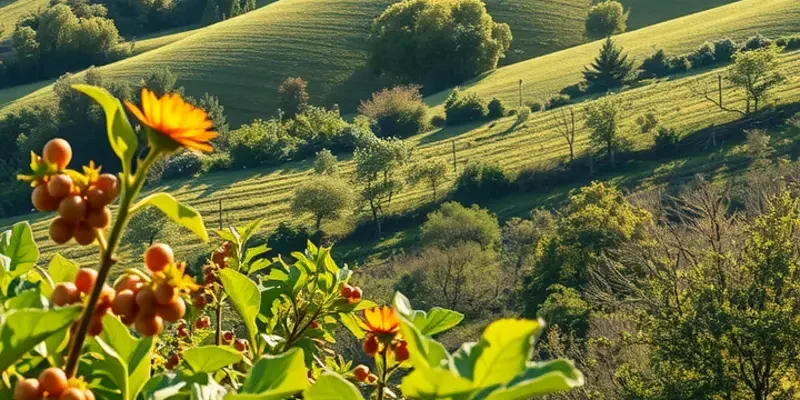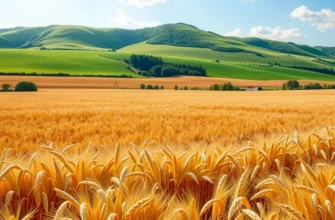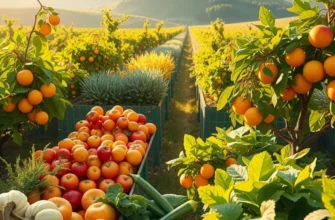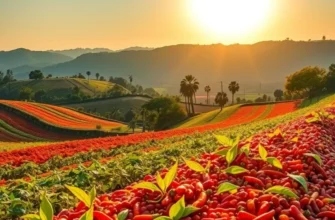The glow of a cooking fire has been a gathering beacon for millennia, shaping culinary traditions across the globe. From the ancient hearths in Europe to the outdoor pit barbecue of the Americas, cooking fires have played a pivotal role in food production, communal bonding, and cultural exchange. This article invites you to ignite your culinary curiosity through the exploration of historical cooking fires and their enduring impact on global food practices.
Embers of Tradition: Cooking Fires Across Cultures
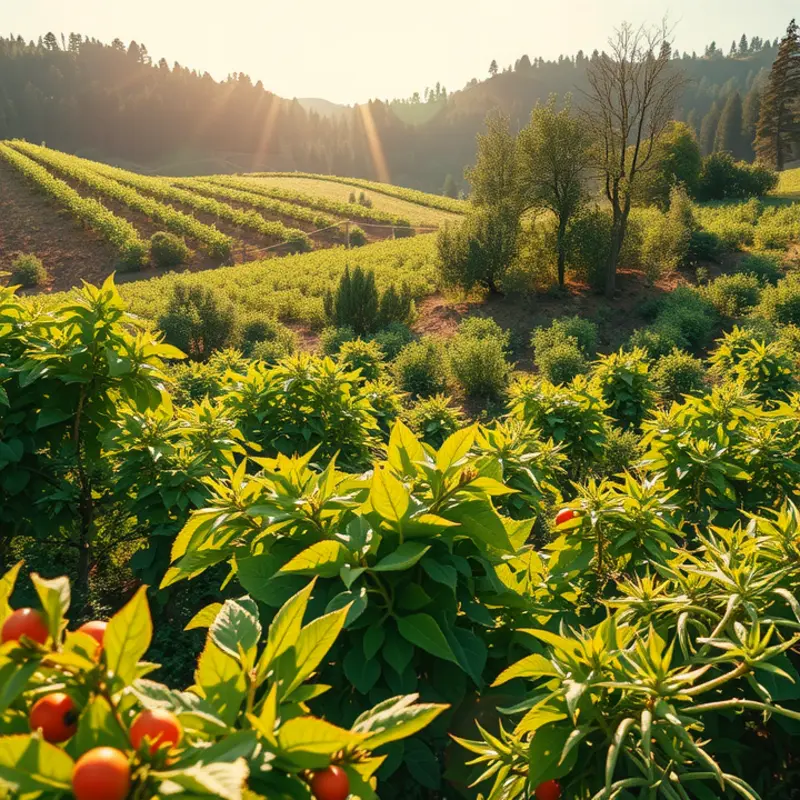
Cooking fires have fueled culinary traditions across the globe, transcending borders and centuries. The essence of these fires lies not only in their ability to transform raw ingredients, but also in their power to unite chefs and communities. Each culture’s method of cooking over fire reflects its unique history, ingredients, and environmental conditions.
In Italy, wood-fired ovens are an iconic emblem of traditional cooking. These ovens, typically made from brick or stone, harness the heat from burning wood to bake bread and pizza with a distinctive smoky flavor. The slow, even heating of a wood-fired oven creates an ideal environment for the charred and crispy crusts that Italian cuisine is celebrated for. This method, dating back to the Roman era, is a testament to the Italian commitment to simplicity and quality ingredients.
Across Latin America, the art of open-flame grilling, or asado, showcases a different aspect of cooking fires. Meat, often marinated with local spices and herbs, is cooked over an open flame or coals, infusing the food with a deep, robust flavor. The traditional asado is not merely a cooking method; it is a social event, bringing people together to share a meal and celebrate community bonds. This experience of collective cooking and feasting continues to thrive, demonstrating the timeless appeal of fire-centric culinary gatherings.
In the rugged landscapes of the Middle East, the tandoor takes center stage. This cylindrical clay oven uses charcoal or wood fires to bake bread and roast meats at high temperatures. The tandoor imparts a characteristic smokiness that is central to many Middle Eastern dishes, from the fluffy naan to the richly spiced kebabs. These cooking fires encapsulate a tradition of communal cooking that remains vital to the culinary landscape of the region.
Similarly, in the intricate tapestry of Japanese cuisine, the ancient technique of binchotan grilling illustrates precision and flavor. Binchotan charcoal, prized for its purity, burns at a high temperature, allowing chefs to achieve the perfect sear while preserving the innate qualities of seafood and vegetables. This method reflects the Japanese philosophy of enhancing the natural flavors of ingredients, rather than masking them.
These diverse cooking methods resonate deeply in contemporary kitchens. Many chefs seek to incorporate traditional fire-cooking techniques, yearning for authenticity and depth of flavor. Whether using wood-fired ovens to bake artisanal bread or adopting charcoal grills for their nuanced heat, they draw on these cultural traditions to enrich modern cuisine. The ritual of cooking over an open flame fosters a tactile connection to the past, encouraging a mindful approach to the art of cooking.
For those interested in enhancing their cooking skills by exploring fire techniques, understanding the cultural roots of these methods can provide valuable insights. To further explore how culinary practices evolve through cultural exchanges, consider reading this article about culinary influences from trade. This exploration not only deepens one’s appreciation of culinary heritage but also inspires innovations that honor the legacy of cooking fires across cultures.
The Art of Fire: Techniques and Innovations
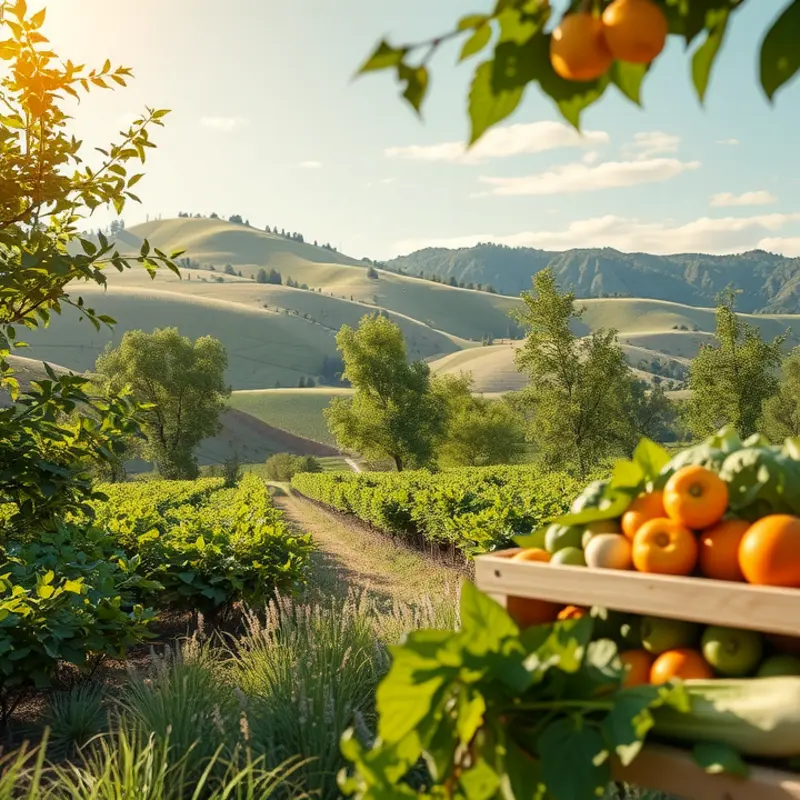
For centuries, fire has been a fundamental catalyst in transforming raw ingredients into culinary masterpieces. Mastery over this element inspired myriad cooking techniques, each leaving a profound mark on regional cuisines. One of the earliest innovations born from fire was smoke curing. Originally a preservation technique, it involved hanging meats or fish in smokehouses. The aromatic smoke infused flavors into the food, creating complex profiles unique to each region’s wood and spices. This not only prolonged shelf life but also birthed iconic delicacies like smoked salmon.
Roasting on an open fire was another ancient method, simple yet transformative. The process relied on even heat distribution, often requiring constant rotation. Whole animals or parts were skewered and roasted, leading to dishes like the succulent argentinian asado or the aromatic Indian tandoori. These dishes reflect an intertwining of cultural rituals and communal eating.
Baking, initially critical for bread-making, expanded as societies developed better control over fire temperatures. Earth ovens harnessed residual heat, slowly cooking grains and tubers. Over time, this led to the creation of diverse flatbreads and pastries, defining the daily sustenance of civilizations. Bread baking, in particular, offers a narrative woven into the fabric of various societies. You can explore more on global pastry traditions here.
Innovative fire use extends to controlled charring techniques like grilling and searing. These methods harness heat to caramelize surfaces, enhancing flavors through what is known as the Maillard reaction. This chemistry-driven process contributes significantly to the complex taste of grilled meats and vegetables, featured prominently in cuisines worldwide.
Intriguingly, fire also spurred regional adaptations and innovations to overcome environmental challenges. For instance, Inuit communities in the Arctic employed fire in pits under the snow, a technique that insulated heat and gently cooked their catch. These local adaptations illustrate humanity’s boundless ingenuity in the face of adversity.
Thus, fire’s role in culinary crafts transcends mere necessity. It has been a vehicle for invention, flavor development, and cultural expression throughout history. As regional techniques evolved, so did their impact on global food landscapes, leading to a continuously unfolding tapestry of flavors and traditions.
Final words
Reflecting on the significance of historical cooking fires reveals their deep-seated influence on our modern culinary landscape. The techniques born out of necessity and region-specific adaptations have evolved into the rich tapestry of diverse cuisines we enjoy today. By embracing these culinary traditions, we not only celebrate our food heritage but also foster a deeper appreciation for the communal experiences that persist around the cooking fire. Every meal prepared over a flame carries the essence of history, transforming ingredients into more than just sustenance but a cultural narrative woven through generations.

